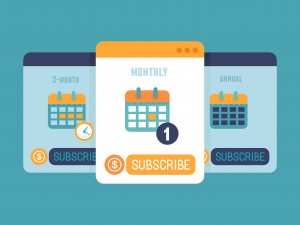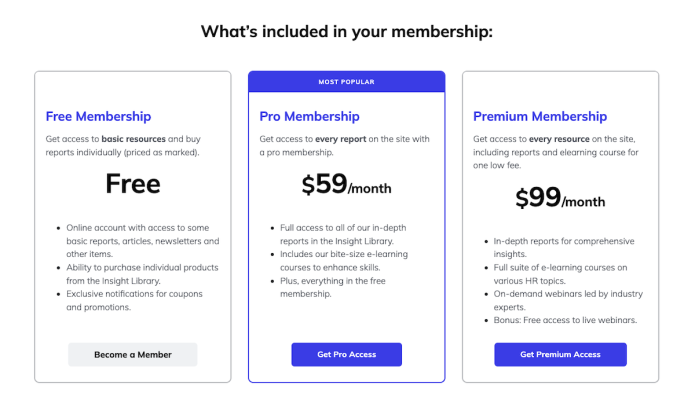Traditional print-based publications have long battled with the question about what to do online. “If we offer content for free will our readers still buy print?” Or, “If we charge for content is there a risk of shrinking readership and subsequently scaring off advertisers!”

When it comes to online publishing there are many different models and the truth is all of them can work. For example, The Guardian provides its content online for free and uses advertising to supplement its income, whereas the London-based Metro and Evening Standard give away all of their content, both print and online, using a similar approach.
However, last month The Times and Sunday Times hit the headlines by revealing it had made an operating profit of £1.7m. This is all the more impressive when you learn that before the introduction of a paywall for its content in 2010, the company reported a £72m loss! Hence, content providers of all shapes and sizes, from the largest publisher to enthusiastic editor at home are now asking the same question,
“How can I convert content into cash?”
The answer is simple and the same for any market economy. If you create something people want and they can’t get it anywhere else, or you do it better than others, then you can profit (and profit well) from online publishing.
The key to success is getting niche, or even a niche of a niche! If the Internet has done one thing, it has enabled people with very specific interests to realise they are not as unique as they once thought. If you can tap into these often very active and engaged groups and provide them with regular and compelling content, at the right price point (less than £10 per month for consumer content; considerably more for specialist professional content) you stand a great chance of success.
What made The Times and Sunday Times financials so interesting is the fact that it is hard for a general interest publication, such as a newspaper, to differentiate itself enough to deliver value for money in the eyes of the consumer. But by pitching itself as a premium brand and providing its customers with options it has successfully differentiated itself.
Once people have a topic that they are passionate about, or have identified a gap in the market, the question I am frequently asked is:
“How and when do I start charging for content?”
This is critical. It is vital to get this right and involves taking your readers/subscribers on a journey -- a ‘funnel of trust’ if you will.
The first step down the funnel begins with creating traffic and the initial experience of visiting your site.
Do you have content that connects with visitors? If so then chances are they will return, or be willing to transact something with you. Typically this first transaction will be their email address in exchange for something, e.g. an e-zine membership.
The next step is moving towards a paid-for transaction. As visitors are drawn in and ‘bond’ with your site you need to be able to offer them something extra that they will want and would be willing to make a one-off payment for, such as a special report or an online lesson for example.

Get past the first obstacle of the visitor paying for a piece of content and the leap to paying for content on a more regular basis doesn’t seem such a stretch. There are many great examples of people and organisations that have mastered commercialising content and one of the best examples we know of is DrumChannel.com. This site provides content that isn’t available anywhere else online, offers visitors the chance to subscribe to its email newsletter and for $14 per month or $98 a year (with a 30-day money-back guarantee) you get access to drumming lessons and live sessions by some of the worlds best drummers and drum teachers.
If you want to make money from content, whether you are a national newspaper or enjoy a niche interest such as salmon fishing in Scotland, remember that you live and die by the quality, currency, and frequency of your content.




